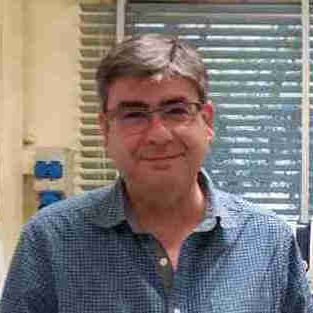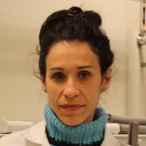Topic Menu
► Topic MenuTopic Editors


2. Research Institutein Agricultural and Environmental Biosciences (INBA), Buenos Aires, Argentina

2. The Institute of Materials Science of Seville (ICMSE), Spanish National Research Council (CSIC), 41092 Seville, Spain


2. Departamento de Física Aplicada I, Escuela Politécnica Superior, Universidad de Sevilla, Virgen de África, 41011 Seville, Spain
Plasma in Agriculture
Topic Information
Dear Colleagues,
In recent years, non-thermal plasma (NTP) technology has increasingly been explored in the agricultural field as an ecofriendly alternative to the conventional agrochemical treatments used in pre and post-harvest (fertilizers, fungicides, plant growth regulators, etc.). Different approaches are used in order to obtain a circular green economy in agriculture, such as surface modification of seeds in order to modulate germination and dormancy, plasma treatment of liquid solutions in order to eliminate contaminant chemical compounds, use of plasma activated water (PAW) in order to promote plant growth, treatment of soil in order to eliminate hazardous chemical compounds, increase water uptake or nitrogen fixation, treatment of vegetables and fruits in order to eliminate fungi or endospores. The topic of “Plasma in Agriculture” is addressed at original research papers focused on the different applications of plasma technology in different crop production steps.
Dr. Ricardo Molina
Dr. Karina Balestrasse
Dr. Ana Gómez-Ramírez
Dr. Romolo Laurita
Dr. Carmen López-Santos
Topic Editors
Keywords
- plasma-activated seed germination
- dormancy
- plasma-activated water
- plant growth
- soil treatment
- disinfection
- sterilization
- food technology
Participating Journals
| Journal Name | Impact Factor | CiteScore | Launched Year | First Decision (median) | APC |
|---|---|---|---|---|---|

Agriculture
|
3.6 | 3.6 | 2011 | 17.7 Days | CHF 2600 |

Biomolecules
|
5.5 | 8.3 | 2011 | 16.9 Days | CHF 2700 |

Cells
|
6.0 | 9.0 | 2012 | 16.6 Days | CHF 2700 |

International Journal of Molecular Sciences
|
5.6 | 7.8 | 2000 | 16.3 Days | CHF 2900 |

Plasma
|
- | - | 2018 | 32.4 Days | CHF 1400 |

MDPI Topics is cooperating with Preprints.org and has built a direct connection between MDPI journals and Preprints.org. Authors are encouraged to enjoy the benefits by posting a preprint at Preprints.org prior to publication:
- Immediately share your ideas ahead of publication and establish your research priority;
- Protect your idea from being stolen with this time-stamped preprint article;
- Enhance the exposure and impact of your research;
- Receive feedback from your peers in advance;
- Have it indexed in Web of Science (Preprint Citation Index), Google Scholar, Crossref, SHARE, PrePubMed, Scilit and Europe PMC.

